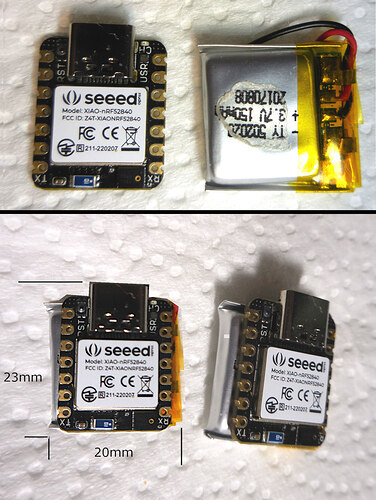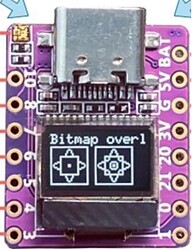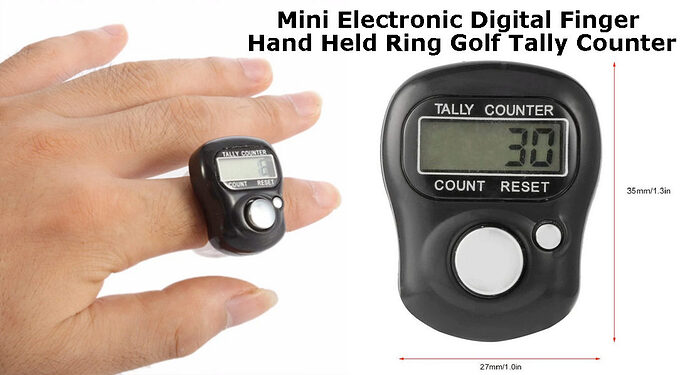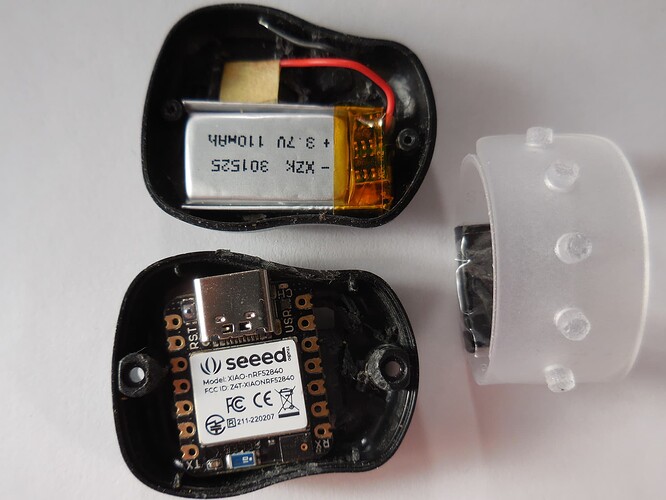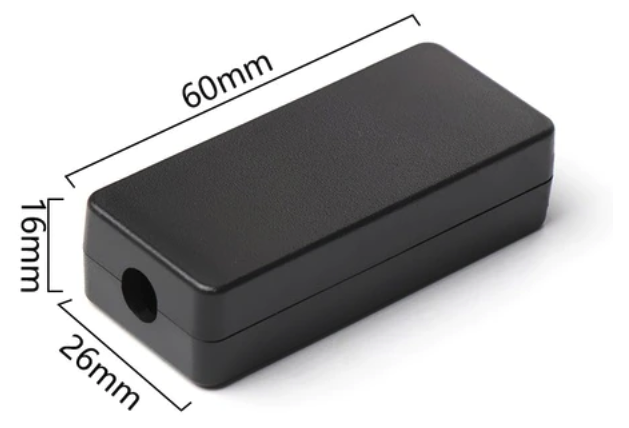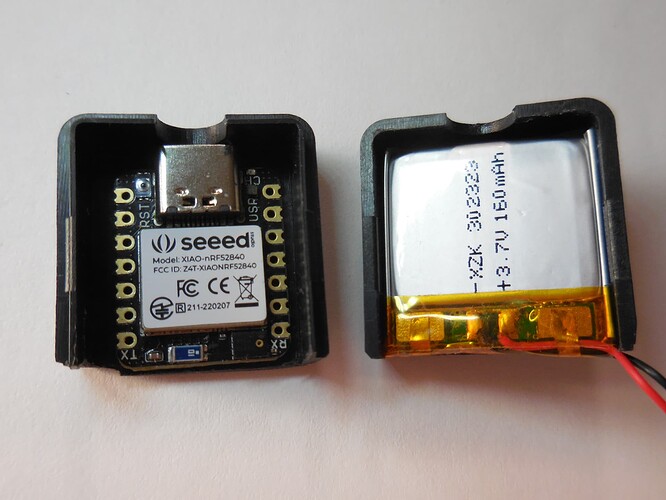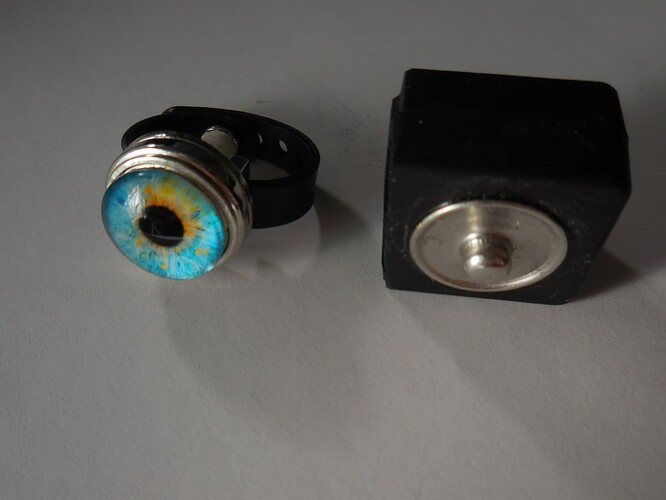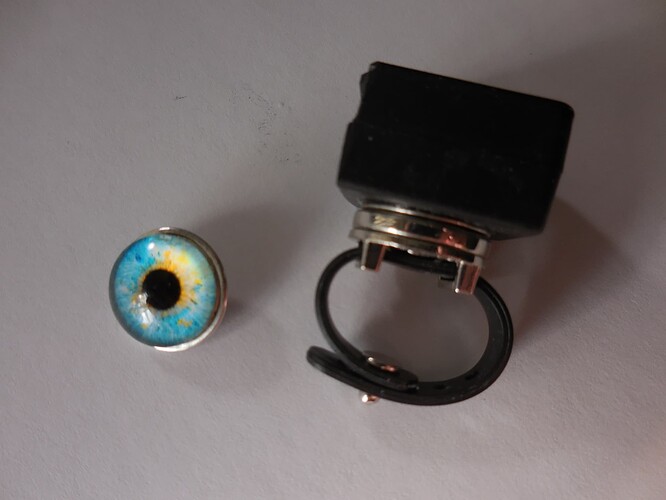A new tiny processor boards makes it possible to send IMU orientation/motion data via bluetooth low power, with only 2 solder connections for the rechargable battery. Presumably something useful could send standard BT MIDI control change messages.
I unfortunately don’t have any Bluetooth MIDI devices, or a computer, phone or MIDI device that handles Bluetooth 5, I will probably have to make a BT to USB receiver as well, that does leave possibilities of a lower latency proprietary communication scheme. (like some of these Ring controls use)
The 2018 Neova MIDI Ring Controller by Enhancia, seems to have vanished from the market.
.
Here’s the little processor board, and a 150mAH Lithium Battery I got in a TinyDuino clearance. The board has a build-in battery charger and a pair of pads on the back to connect a battery.
The XIAO-nRF52840-Sense from Seeedstudio includes a M4 processor and Bluetooth 5, as well as an IMU with gyro and accelerator and a speech quality PDM mic. This $15.90 board is the most pricy of their 5 XIAO models, there is a cheaper XIAO-nRF52840 without IMU/Mic.
The combined processor and battery measure 23x20mm, similar size to a 23x23mm Mafia Capo ring.
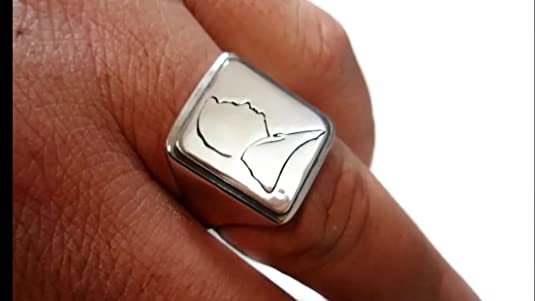
The M4 processor with floating point is fast enough to do some TinyML speech recognition, perhaps if eee ooo aaa can be recognized, like…
The Vochlea Dubler II (with 13 demo audios) demonstrates what a desktop processor can do for voice to MIDI control.
A review https://www.youtube.com/watch?v=4yFzRINYy5c
— additional examples of [TensorFlow Lite for Microcontrollers]
Finger User Interface detects 5 gestures
Tiny Motion Trainer - a ‘simplified’ tool for training motion recognition.
These 2 examples work with the Arduino Nano 33 BLE Sense, theior first nRF52840 based board.
This similar sized board is sold with another possibility, a 0.41" OLED display.
This ESP32-C3 board does Bluetooth, but lacks IMU and battery charger.
ESP32 C3 / RP2040 Raspberry with 0.42 inch LCD (by 01space) $6.66 + $3.35 shipping
(total $7.78 ea for an order of 3)
https://www.aliexpress.us/item/3256804468589453.html
alt source
https://www.aliexpress.us/item/3256804222218771.html
